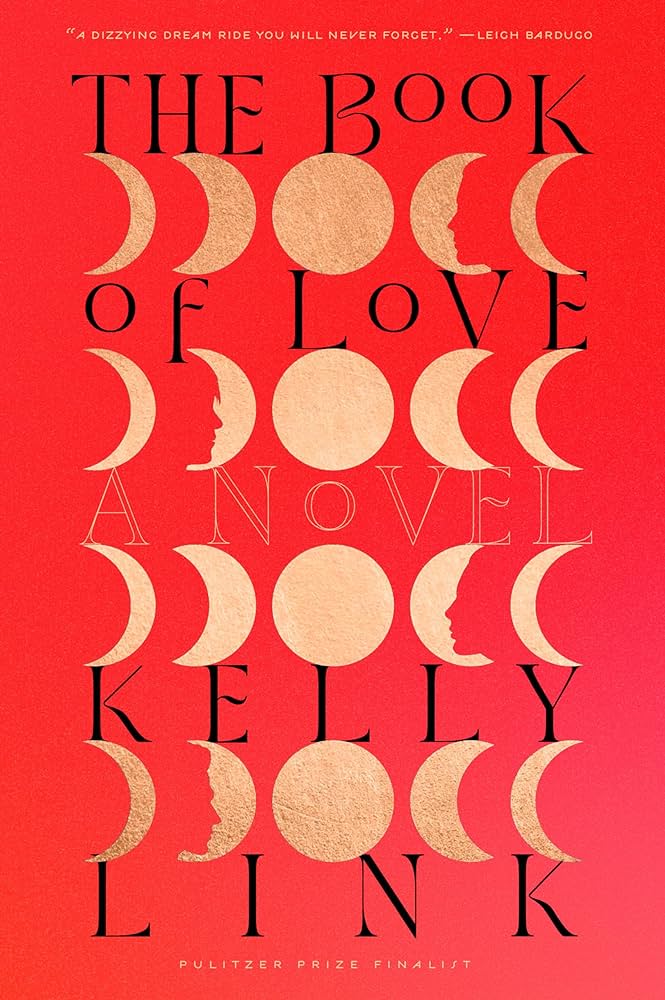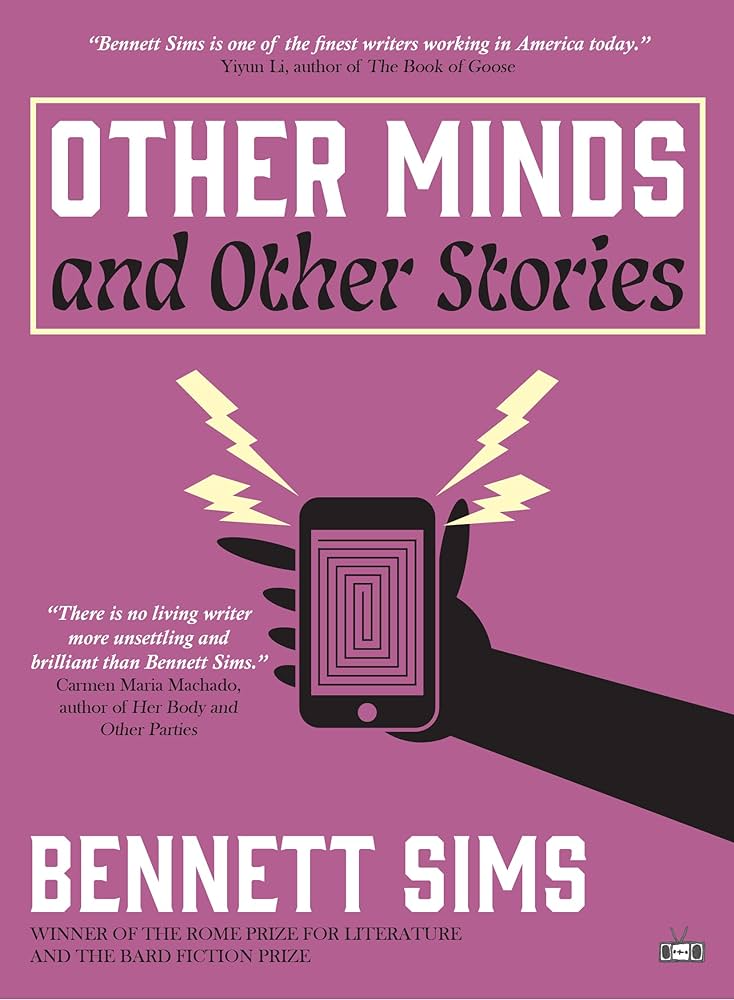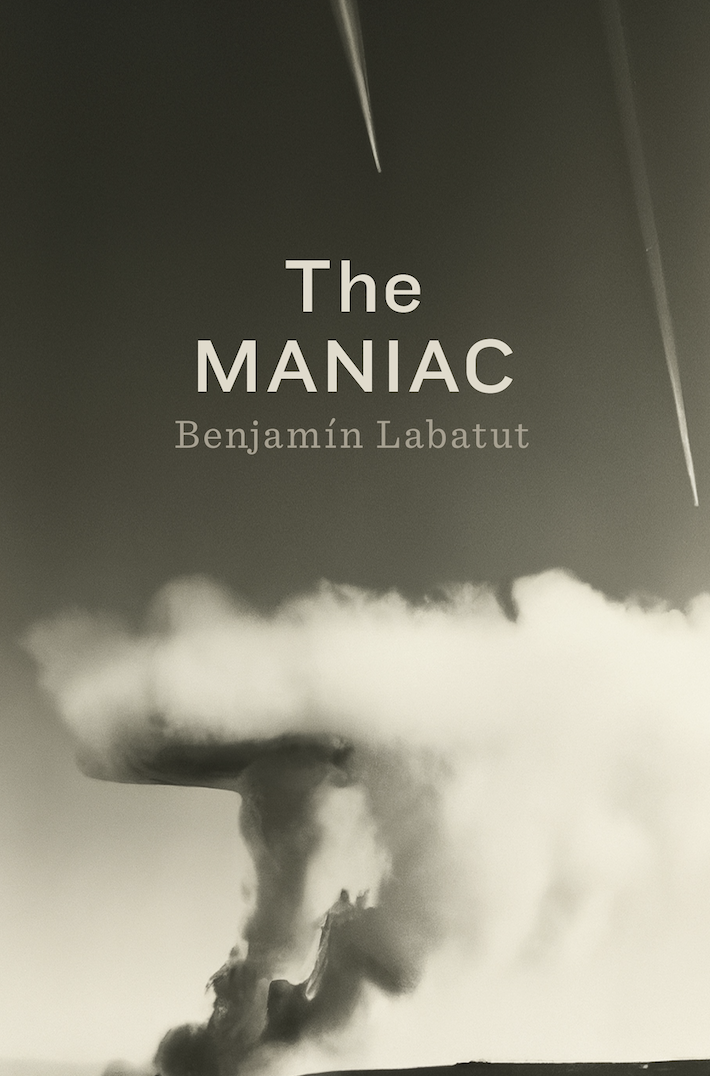
In 1996, guerrilla leaders and Guatemalan government officials met in Guatemala City to sign a peace accord. After 36 years, the longest war in Latin American history came to an end. The Guatemalan Civil War officially began in 1960, but essentially in 1954, after the CIA — acting on the business interests of Boston-owned United Fruit Company — orchestrated a coup of the country’s first democratically-elected president, Jacobo Árbenz. For the next three and a half decades, a series of dictators ruled Guatemala with the support of the United States government.
A U.N. report published after the war’s end suggested that more than 200,000 people were killed in Guatemala between 1960 and 1996. Government forces were responsible for 91 percent of these deaths; 83 percent of those killed were indigenous Mayans. Actions taken by the military against the Mayan people during José Efraín Ríos Montt’s 16-month regime, from 1981 to 1983, were retroactively declared a genocide. After the report aired, then-President Bill Clinton delivered a formal apology on behalf of previous administrations, but offered no material reparation.
 In a 2006 interview, historian Stephen Schlesinger, author of Bitter Fruit: The Story of the American Coup in Guatemala, said flatly: “the legacy of Guatemala is sheer horror, and something the U.S. cannot be forgiven for.”
In a 2006 interview, historian Stephen Schlesinger, author of Bitter Fruit: The Story of the American Coup in Guatemala, said flatly: “the legacy of Guatemala is sheer horror, and something the U.S. cannot be forgiven for.”
The story of Guatemala’s Civil War has been told in nonfiction accounts rendered by academics, in the testimony of survivors and activists like Rigoberta Menchú; and in a few novels. The facts of the war’s atrocities aren’t hidden anymore. Neither is the story of the United States’ sustained support of governments that tortured and murdered their own people. Though individual books have been lauded for their formal achievements, brave testimony, or astute analysis, Guatemala’s story, like so many others, never seems to gain enough traction to generate actual consequences for war criminals, Guatemalan and American alike. It’s a story that slips out of the stream of American public conversation, just as soon as it is acknowledged.
Enter Kelly Kerney’s second novel, Hard Red Spring. In a robust 400 or so pages, the novel spans the 20th century, reimagining critical moments in Guatemala’s history from the perspectives of four American women. Whether in Guatemala by association or by choice, each protagonist arrives in the country with hope for a fresh start. Gradually, moments of doubt pierce holes in self-perpetuated innocence. At last the stories these women tell themselves — about their own good intentions or the charitable cause of the United States or their church — give way to the weight of unassailable truths. Each character must confront both her entrapment and her culpability.
Hard Red Spring is an ambitious project. Meticulously researched and written over the course of a decade, it not only retells a century of Guatemala’s history, but dramatizes it — a twinned labor specific to historical fiction. Kerney’s real daring, however, lies in her novel’s emotional aim. She has crafted a story and a set of characters that require her readers to look squarely at what Americans — especially white Americans, the demographic most comfortable in the United States’ myth of moral superiority — will do to maintain our innocence, and what we will do, and have done, in the face of guilt.
Kerney brings us, for instance, into a university in the United States where history is defined as anything that occurred at least 20 years in the past. The distinction exists to keep class material from becoming political. This means a professor lecturing on the history of Guatemala cannot yet discuss the Reagan administration’s funding of José Efraín Ríos Montt’s 16-month regime — the bloodiest epoch in Guatemala’s Civil War.
In a campus bar, a group of undergraduate students react to their professor’s denunciation of United States foreign policy. “If she has a problem with how we do things, she should leave,” offers one student, though the comment is met by embarrassed silence from her peers. “Is self-hatred the only way we can be saved?” another boy asks seriously. “Because that’s all I’ve learned in that class. Self-hatred. If I wrote my final paper on everything I hated about myself I’d get an A.” Caught between scripts of conservative rebuff and liberal apology, the students lack adequate tools to grapple with the meaning of their country’s moral crimes, and what action they might take to counteract them.
Meanwhile U.S. missionaries, NGO workers, and doctors stationed in Guatemala doubt whether they’re helping anyone at all. A doctor from the United States explains his predicament to Lenore, a missionary.
‘It’s the babies,’ he said. ‘I came here to help the babies, but now I don’t think I’m helping’…His expert tone shifted, so that he sounded like an ordinary man. ‘Sometimes it seems if I weren’t here, they wouldn’t be either.’
In such moments, Kerney highlights a dearth of language in the United States to address the web of connection and implication — borne out of an imperial and now neoliberal global marketplace — that distorts any of our well-intentioned actions into a reinforcement of systems of power.
Hard Red Spring gathers momentum as it progresses. The novel’s opening section, set in 1902, lacks a distinct atmospheric feeling of that time period, and occasionally stalls during passages of overwritten dialogue. But as the story moves into more recent decades, its prose grows robust with sharply-imagined detail. The weave of the plot tightens, and building suspense makes for a gripping read. Kerney is at her best in her wry observations of her characters, and in the many masterfully concise one-line quotations offset into the mouths of her secondary characters.
It’s important to note that Kerney has written a novel not only about the Guatemalan Civil War, but specifically about women ensnared in the machinery of that war. She shows us the entrapment of indigenous Mayan women in a system meant to strip them of everything: their dignity, their families, their bodies, and their lives. And she defines the cramped boundaries of power inhabited by more privileged Hispanic and white American women.
The novel’s most sinister characters are its most self-assured men. Even so, Kerney maintains a standard of grim humanity in depicting all of her characters. Men who commit murder have flashes of vulnerability or sensitive insight. Deeply traumatized Mayan women beat an unarmed and — relatively — innocent missionary to death. There is no redemption here, only complication, and a thin cry for empathy for those on either end of horrific acts.
Hard Red Spring completes its story in 1999, over 20 years removed from the present day. Meanwhile, the Guatemalan Mayan community continues to fight against multinational corporations, over land use and the extreme forms of violence and intimidation used to evict Mayan people from their homes. In 2013, domestic protest succeeded in forcing the cancellation of the Monsanto Law, a provision of the 2005 CAFTA-DR agreement that would have monopolized Guatemala’s agricultural processes and threatened food sovereignty.
Neighboring countries also affected by the CAFTA-DR agreement — Nicaragua, El Salvador, Honduras, Costa Rica, and the Dominican Republic — face similar aggression from private interest groups — foreign and domestic alike. Earlier this month, renowned Honduran activist Berta Cáceres was shot dead in her home, after her years-long opposition to the construction of hydroelectric dams on indigenous property. Don’t let the novel’s end in the ’90s deceive you — the injustices, moral confusion, and power dynamics on display in Hard Red Spring carry through into today’s world.
Over the course of the novel’s 100-year span, a Mayan folktale emerges as a symbolic link between narrative threads. In it, a deer and a jaguar decide, separately, to build their own houses. Passing like ships in the night, they accidentally help each other to build the same structure, and on its completion decide to live in the house together. As time passes the two animals grow fearful of one another. One night there is a sharp noise. Startled, the jaguar and the deer flee in opposite directions, and never return.
The first time this folktale appears in Kerney’s novel, nine-year-old Evie Crowder is nonplussed. She’s accustomed to stories, like the tortoise and the hare, that resolve neatly into allegories.
‘That’s all?’ Evie had asked.
‘What else? That is everything,’ Ixna told her.
Hard Red Spring is not a neat or comforting story either — it’s not built for that. It’s built to explore the truth.








